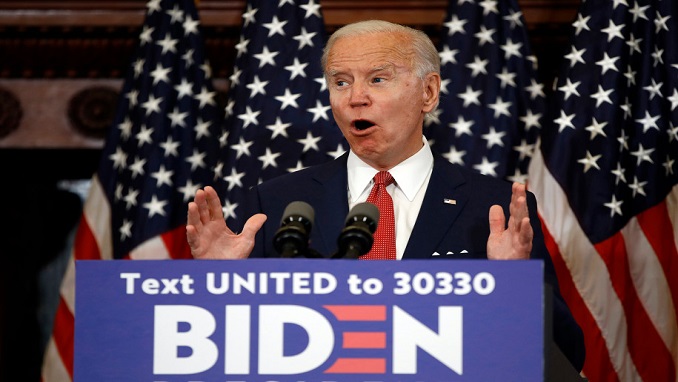
President Joe Biden is facing a daunting task – there are just over 10 million Americans currently unemployed, with 4 million of those facing long-term unemployment, CNBC writes.
In addition, 4.3 million have left the labor force since the start of the coronavirus pandemic. They aren’t counted in the unemployment rate, which only includes those who are actively looking for work in the past month or have been furloughed.
“It’s quite remarkable that he is facing an historic economic downturn in the same way that President Obama did,” said Bankrate senior economic analyst Mark Hamrick. “Who could have imagined that would have been the case over a year ago?”
Biden is hoping his $1.9 trillion stimulus package will help. Treasury Secretary Janet Yellen recently predicted the U.S. could return to full employment in 2022 if the measure is passed.
However, former Treasury Secretary and Obama National Economic Council Larry Summers has warned that the size of the legislation could lead to unexpected inflation.
Here’s what the President has proposed, not only to address the near-term crisis but long-term issues as well.
Biden’s stimulus plan, currently being debated in Congress, calls for $1,400 in direct payments to most Americans and an increase in the child tax credit for one year.
Biden also wants to increase the per-week unemployment benefit to $400 and extend it through September. A draft proposal issued by House Democrats ends the benefits on Aug. 29.
The fate of a $15 minimum wage, in the President’s proposal, is unclear. The Senate left it out of their version. However, House Speaker Nancy Pelosi, D-Calif., said it will be in the House package, which will then be sent to the Senate.
Pelosi said she expects the House plan to be signed into law by the end of the month.

Be the first to comment